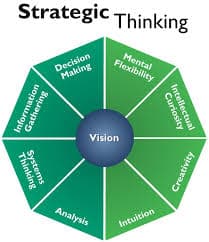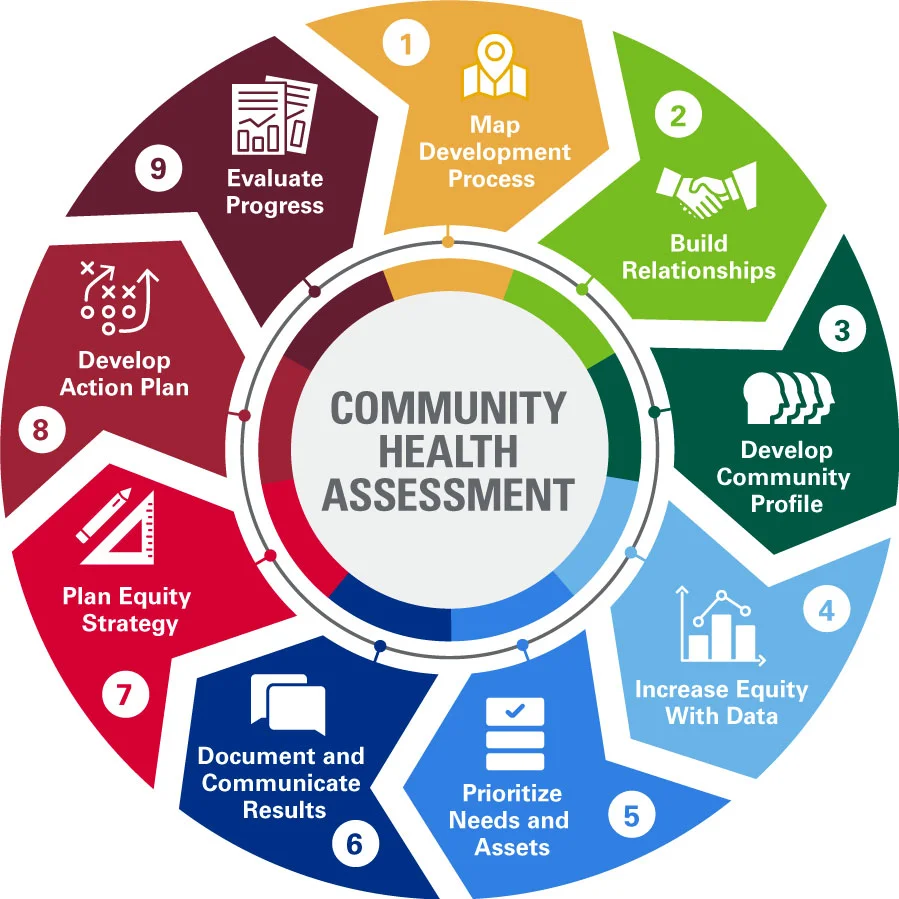“A hungry population is an unhealthy population. Strategic thinking is the key to unlocking solutions that nourish communities and empower individuals to thrive.”
BLIP-ZIP Executive Summary
Transform your impact! Master strategic thinking to conquer food insecurity. Learn how to leverage data, creativity, and collaboration to build healthier communities. This guide equips health & human service professionals at all levels to become strategic leaders in the fight for food justice.
Hashtags: #EndFoodInsecurity #StrategicHealthLeaders #CommunityHealth #FoodJustice #SHELDR
Table of Contents
Strategic Thinking As a Means to Reduce Food Insecurity
Did you know millions of Americans face hunger every day? That’s the sobering conclusion of a new report from the U.S. Department of Agriculture, which found hunger in the U.S. rose sharply in 2022. The report found that 44.2 million people lived in households that had difficulty getting enough food to feed everyone in 2022, up from 33.8 million people the year prior. Those families include more than 13 million children experiencing food insecurity, a jump of nearly 45 percent from 2021.
Food insecurity, the lack of access to nutritious food, is a complex issue with far-reaching consequences. But what if the answer lies not just in resources, but in strategic thinking?
Definition
Strategic Thinking is a comprehensive process for making decisions that embody a vision for achieving optimal outcomes in the future. For example, reducing food insecurity as explained in Healthy People 2030, contributes to better nutrition choices and leads to improving health outcomes. Food insecurity and the lack of access to affordable nutritious food are associated with increased risk for multiple chronic health conditions such as diabetes, obesity, heart disease, mental health disorders, and other chronic diseases.
Application

Strategic thinking (and systems thinking) involves understanding the complexities of both the organization and its environment and formulating approaches that align with long-term objectives such as reducing food insecurity and giving providers options for their patients to seek out better food and nutrition choices.
The visual represents eight elements or competencies of strategic thinking. Vision is at the core of strategic thinking. Vision, Information Gathering, Analysis, Systems Thinking, Mental Flexibility, Curiosity, Creativity, Intuition, and Decision Making. The characteristics or competencies (knowledge, behaviors, skills, attributes) of effective strategic thinkers:
- Vision: Ensure all actions align with the long-term goal of reducing food insecurity and improving community health. For example, the National Academy of Sciences Press offers four intervention strategies for addressing food insecurity.
- Information Gathering: Continuously seek new knowledge to inform their strategies. Collect data on food insecurity rates, available resources, and community needs. Evaluate the data to identify gaps and opportunities such as the results from a Community Health Needs Assessment (CHNA). The American Hospital Association’s Community Health Assessment Toolkit provides a great framework for completing a CHNA.
- Analysis: They critically evaluate information before acting on it. New York’s 10 Steps in Community Health Assessment Development Process contains examples of how to evaluate the results of a CHNA.
- Systems Thinking: They recognize patterns and relationships within different systems. Understand how food insecurity impacts other social determinants of health. Systems thinking links efforts to improve household resources and maximize the use of these resources for nutrition outcomes. For example, education and income enable women to make well-informed decisions for their health and nutrition and that of their children.
- Mental Flexibility or Adaptation: Adapt their strategies to changing circumstances. Adapt the strategy as new information or challenges arise.
- Curiosity: They have an eagerness to understand complex issues deeply.
- Creativity: They think outside conventional frameworks to find innovative solutions. Develop innovative solutions, such as partnerships with local farms or food banks.
- Intuition: They trust their instincts when making choices.
- Decision Making: Make informed decisions by considering various perspectives and potential impacts. Choose the best course or courses of action based on the analysis and available resources.

Development
Applying strategic thinking principles in your daily work as a senior strategic health leader can significantly enhance your effectiveness and impact. Here are some practical steps to integrate strategic thinking competencies:
- Decision Making: When faced with decisions, gather relevant data and consider multiple perspectives. For example, if you’re deciding on a new community health initiative, consult with stakeholders, review community health data, and consider potential long-term impacts. Implementing a new telehealth program. Evaluate the needs, potential benefits, and challenges, and make an informed decision that aligns with your organization’s vision.
- Adaptability: Stay open to new ideas and be willing to adapt your strategies as circumstances change. This might involve pivoting your approach based on new health data or emerging community needs. During a public health crisis, quickly adapt your strategies to address the immediate needs while keeping long-term goals in mind.
- Curiosity: Continuously seek to learn and understand more about your field. Attend workshops, read relevant literature, and engage in discussions with peers. Regularly participate in professional development opportunities and encourage your team to do the same.
- Creativity: Encourage innovative thinking within your team. Challenge conventional approaches and explore new solutions to existing problems. Develop creative community outreach programs that engage diverse populations in health initiatives.
- Intuition: Trust your instincts when making decisions, especially when data is limited. Combine your experience with available information to guide your choices. When launching a new health campaign, use your intuition to gauge community readiness and potential reception.
- Analysis: Regularly analyze data to inform your strategies. Use metrics and feedback to assess the effectiveness of your initiatives. Conduct a thorough analysis of health outcomes before and after implementing a new program to measure its impact.
- Systems Thinking: Understand how different parts of the health system interact and influence each other. Consider the broader implications of your decisions. When planning a new health service, consider how it will integrate with existing services and impact other areas of the health system.
- Analytics: Stay informed about the latest trends, research, and best practices in health and human services. Use this information to guide your strategies. Subscribe to relevant journals, attend conferences, and network with other
Conclusion: The Power is in Your Hands
Strategic thinking is a powerful weapon in the fight against food insecurity. By applying the principles outlined here, you can become a catalyst for change, building a future where everyone thrives. But the journey doesn’t end here. What innovative strategies have you encountered in the fight against food insecurity? Share your thoughts in the comments below! Let’s continue this conversation and together, create a world where no one goes hungry.
References:
- “Good Strategy Bad Strategy” by Richard Rumelt – This book provides insights into developing clear strategies in complex environments.
- “The Art of Strategy: A Game Theorist’s Guide to Success in Business & Life” by Avinash K. Dixit and Barry J. Nalebuff – This book explores how strategic thinking parallels game theory principles.
Learn more at www.sheldr.com
~DrQD




